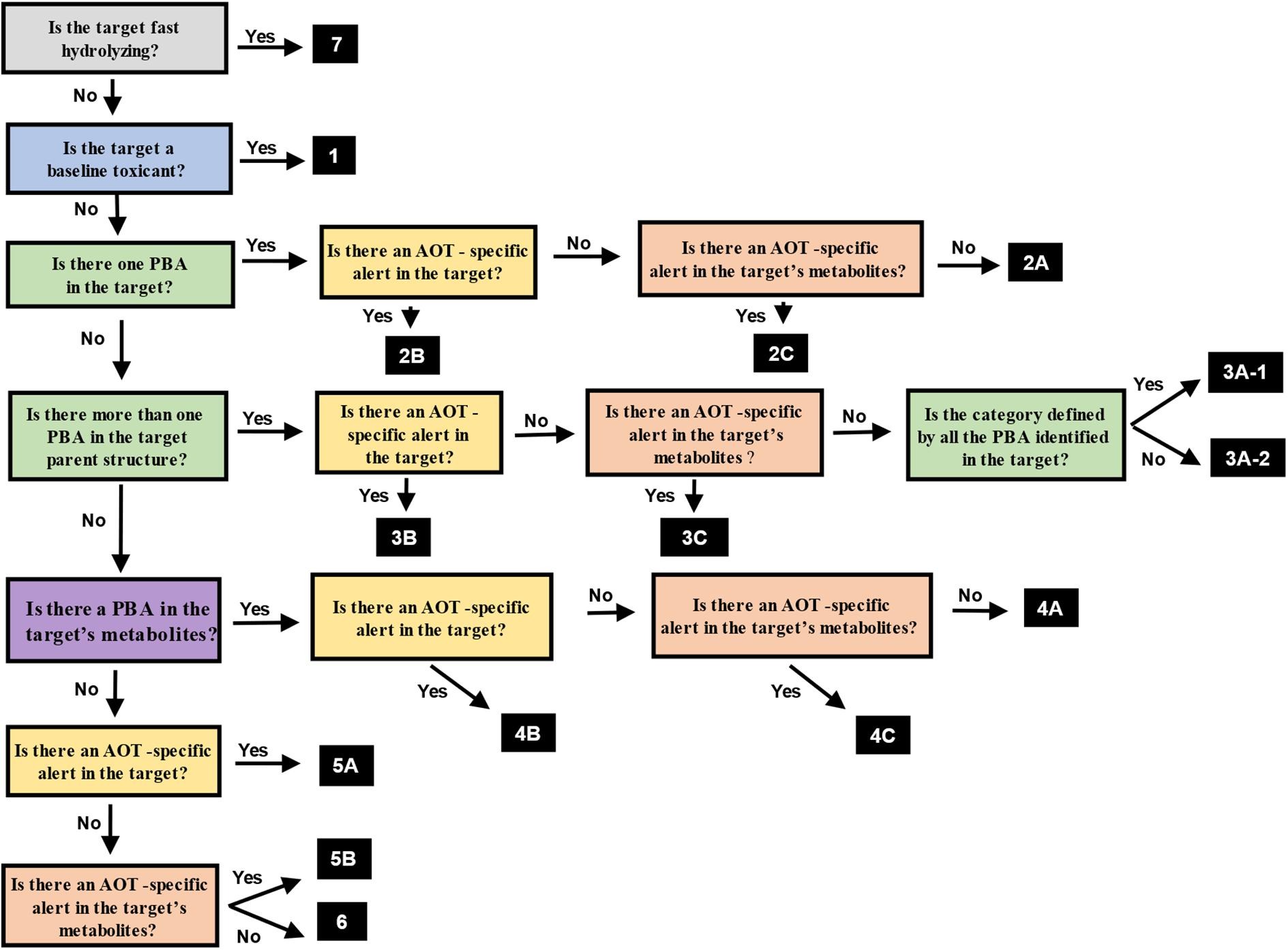Automated read-across workflow for predicting acute oral toxicity: I. The decision scheme in the QSAR toolbox
Regulatory Toxicology and Pharmacology Volume 125 (2021) 105015
A decision-scheme outlining the steps for identifying the appropriate chemical category and subsequently appropriate tested source analog(s) for data gap filling of a target chemical by read-across is described. The primary features used in the grouping of the target chemical with source analogues within a database of 10,039 discrete organic substances include reactivity mechanisms associated with protein interactions and specific-acute-oral-toxicity-related mechanisms (e.g., mitochondrial uncoupling). Additionally, the grouping of chemicals making use of the in vivo rat metabolic simulator and neutral hydrolysis. Subsequently, a series of structure-based profilers are used to narrow the group to the most similar analogues. The scheme is implemented in the OECD QSAR Toolbox, so it automatically predicts acute oral toxicity as the rat oral LD50 value in log [1/mol/kg]. It was demonstrated that due to the inherent variability in experimental data, classification distribution should be employed as more adequate in comparison to the exact classification. It was proved that the predictions falling in the adjacent GSH categories to the experimentally-stated ones are acceptable given the variation in experimental data. The model performance estimated by adjacent accuracy was found to be 0.89 and 0.54 while based on R2. The mechanistic and predictive coverages were >0.85

